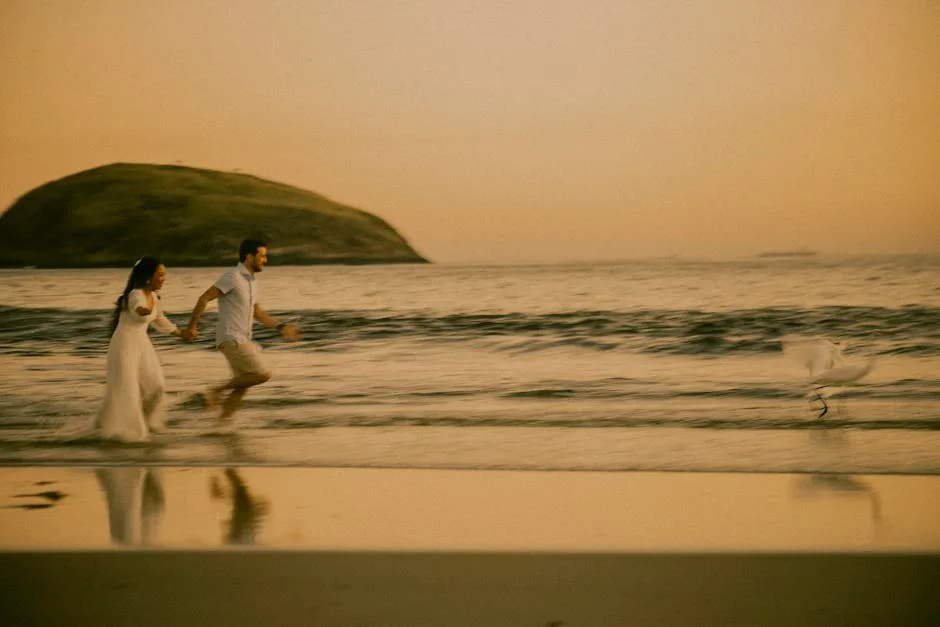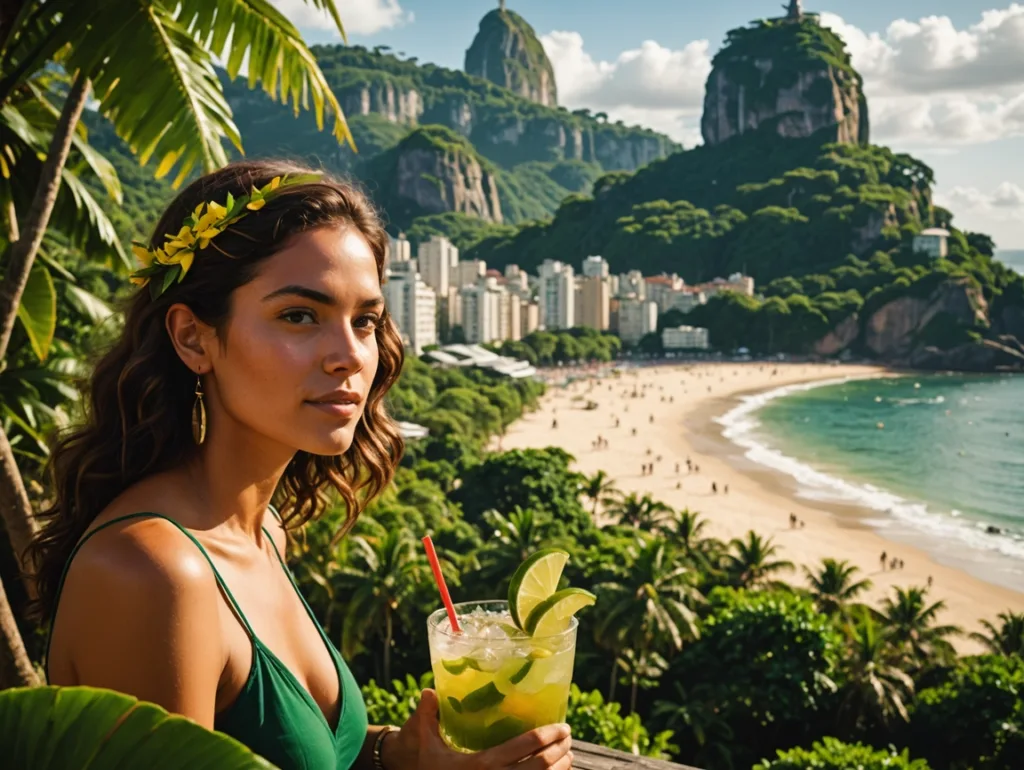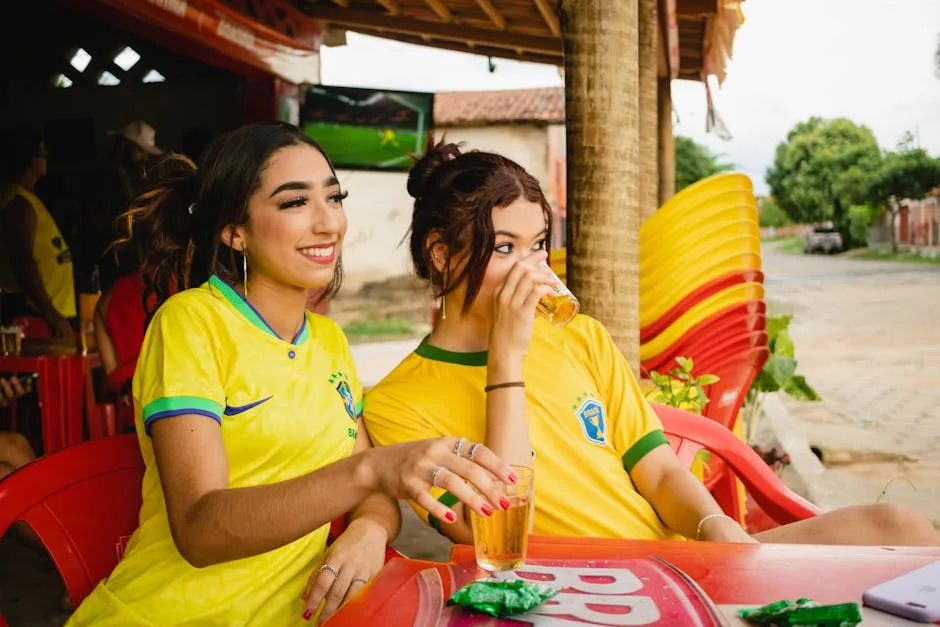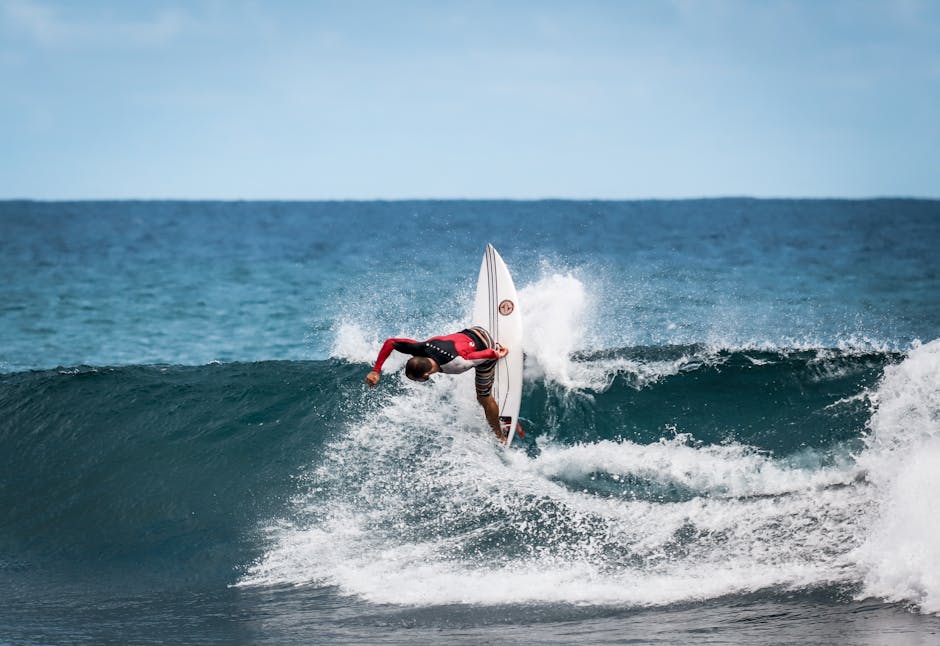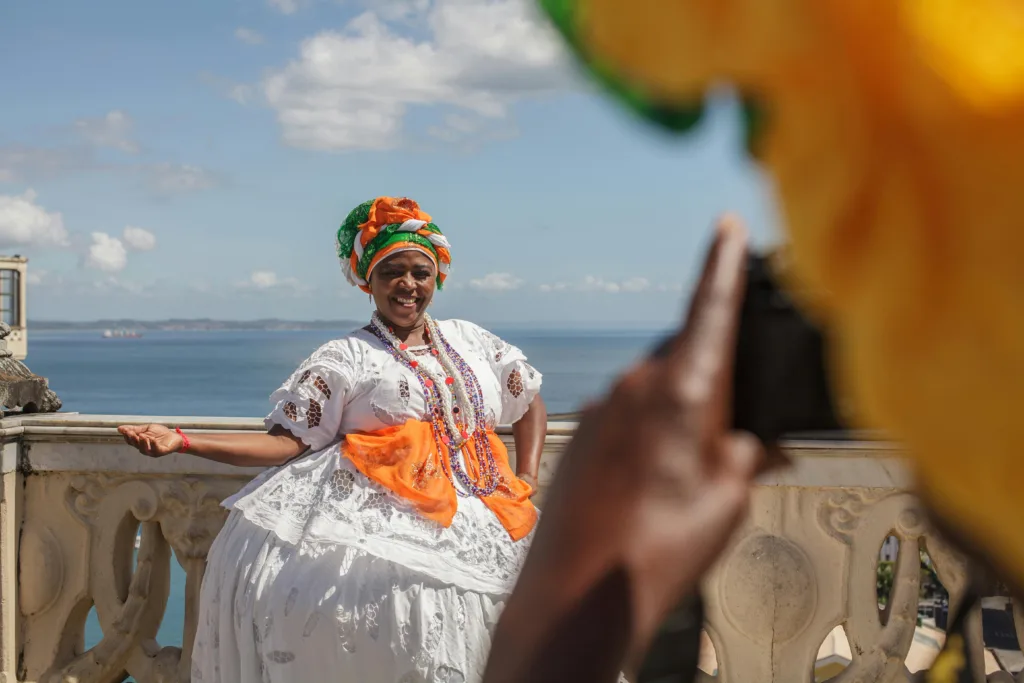Welcome to a Slice of Bahian Paradise
Imagine stepping onto a path where coconut palms stretch towards an impossibly blue sky, the air hums with the gentle rhythm of the Atlantic, and every corner reveals a story. This isn’t just a daydream; it’s Praia do Forte, a former fishing village on brazil‘s northern coast that has blossomed into one of the country’s most enchanting destinations. Located just an hour from the vibrant city of Salvador, this coastal gem offers more than just stunning beaches and natural pools. It’s a place where the heartbeat of nature and the rhythm of culture beat in perfect unison.
While the golden sands and turquoise waters are enough to capture any traveler’s heart, the true magic of Praia do Forte lies in its unique soul. It’s a place where you can witness the miracle of life as tiny sea turtle hatchlings make their first journey to the ocean, and later that same day, feel the ground tremble with the powerful, acrobatic dance of Capoeira. This is a journey into two of Brazil’s most profound cultural highlights: its deep commitment to ecological preservation and its rich, resilient Afro-Brazilian heritage. Ready to explore?
The Guardians of the Sea: Inside Projeto TAMAR
At the very heart of Praia do Forte, both geographically and spiritually, is the national headquarters of Projeto TAMAR. What began in the 1980s as a pioneering effort by a few determined marine biologists has become one of the world’s most successful marine conservation projects. TAMAR stands for Tartarugas Marinhas (Sea Turtles), and their mission is simple yet monumental: to protect Brazil’s five endangered sea turtle species from extinction.
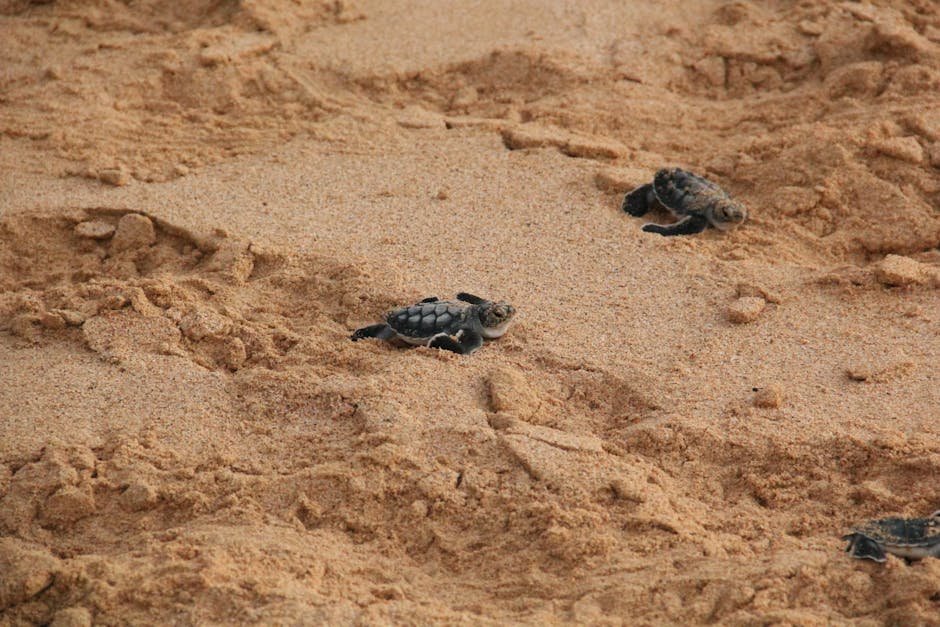
A Visit to the Turtle Sanctuary
The visitor center is an absolute must-see and the perfect starting point for understanding the local ethos. It’s not a zoo, but a living, breathing center for conservation and education. As you wander through the open-air facility, you’ll come face-to-face with these majestic, ancient creatures. Large, naturalistic pools house turtles at various stages of life, from feisty juveniles to massive, serene adults who are being rehabilitated after an injury. Each tank tells a story, with clear, informative displays (in both Portuguese and English) explaining the biology, threats, and conservation status of species like the Loggerhead, Green, Hawksbill, and Olive Ridley turtles.
Don’t miss the daily feeding times! It’s a fantastic opportunity to see the turtles at their most active and to hear from the passionate biologists who care for them. They share incredible insights into the turtles’ behaviors and the challenges they face in the wild, from plastic pollution to fishing nets.
The Miracle of Nesting Season
If you time your visit between September and March, you might just witness one of nature’s most moving spectacles. This is the nesting season, when female turtles return to the very beaches where they were born to lay their own eggs. Projeto TAMAR’s team works tirelessly to monitor the nests along the coast, protecting them from predators and human interference.
The true magic happens about 45 to 60 days later when the eggs hatch. TAMAR often organizes supervised releases, allowing visitors to watch as a flood of tiny, determined hatchlings emerges from the sand and scurries towards the waves under the soft light of the setting sun. It’s an overwhelmingly emotional and unforgettable experience that connects you directly to the fragile, beautiful cycle of life.
The Dance of Freedom: Feeling the Rhythm of Capoeira
As the sun begins to dip below the horizon, a new energy awakens in Praia do Forte. It’s a rhythmic pulse that starts with the hypnotic twang of a single-stringed instrument called the berimbau. This is the call of Capoeira, and it’s the sound of Bahia’s soul.
Capoeira is so much more than a martial art; it’s a breathtaking dialogue of movement, music, and history. Born from the struggle and resilience of enslaved Africans in Brazil, it was a way to practice self-defense under the guise of a dance. This history is palpable in every movement—the fluid cartwheels, the powerful kicks disguised as playful lunges, and the constant, evasive rocking motion known as the ginga.
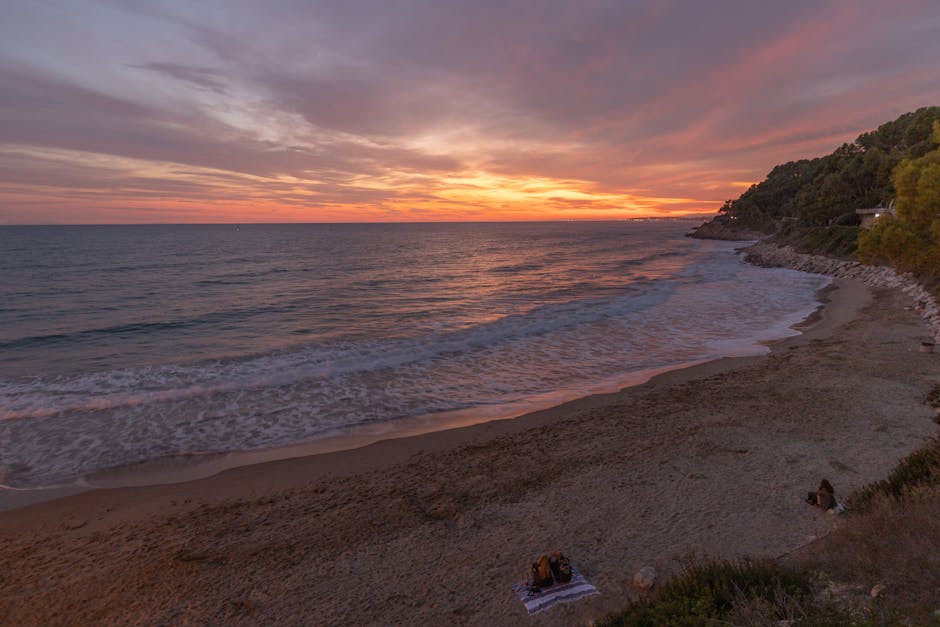
Where to Find the Roda
In Praia do Forte, you don’t have to look far to find it. You might stumble upon a spontaneous roda (the circle where Capoeira is played) right in the main village square, as local practitioners gather to train and share their art. The energy is infectious. People clap, sing the call-and-response choruses, and watch in awe as two capoeiristas engage in a physical conversation inside the circle. It’s not a fight; it’s a game of wit, strength, and artistry.
For a more structured experience, you can seek out local schools (academies) that sometimes offer introductory classes for curious travelers. It’s a challenging but incredibly rewarding way to connect with the culture on a deeper level. Several restaurants and beach clubs also host scheduled performances, offering a fantastic show to accompany a delicious Bahian meal.
The Spirit of the Game
Watching a Capoeira roda is to witness living history. The music, driven by the berimbau, atabaque (drum), and pandeiro (tambourine), dictates the pace and style of the game. The songs tell stories of struggle, freedom, and heroes of the past. It’s a powerful expression of community and cultural identity, and experiencing it in the heart of Bahia is something that will stay with you long after you’ve left.
Beyond the Main Attractions: Other Cultural Treasures
While turtles and Capoeira are the stars of the show, Praia do Forte’s cultural tapestry is woven with many other fascinating threads. Take some time to explore these other local highlights.
Castelo Garcia D’Ávila
Perched on a hill just outside of town, you’ll find the magnificent ruins of the Garcia D’Ávila Castle. This isn’t your typical European castle; it’s a fortified colonial estate dating back to 1551, making it one of the oldest and most important stone structures in the Americas. The remaining walls and arches stand as a testament to Brazil’s early colonial history. Besides the fascinating history lesson, the panoramic view from the top, overlooking the entire coastline, is absolutely breathtaking.
A Taste of Bahia
You can’t talk about bahian culture without talking about the food! The local cuisine is a delicious fusion of Portuguese, African, and Indigenous influences. Be sure to try a moqueca, a rich and fragrant seafood stew slow-cooked in a clay pot with coconut milk, palm oil (dendê), and cilantro. Another must-try is acarajé, a street food delicacy made from black-eyed pea dough, fried in palm oil, and stuffed with shrimp and a spicy vinaigrette. Find a local baiana in her traditional white dress and prepare for a flavor explosion.
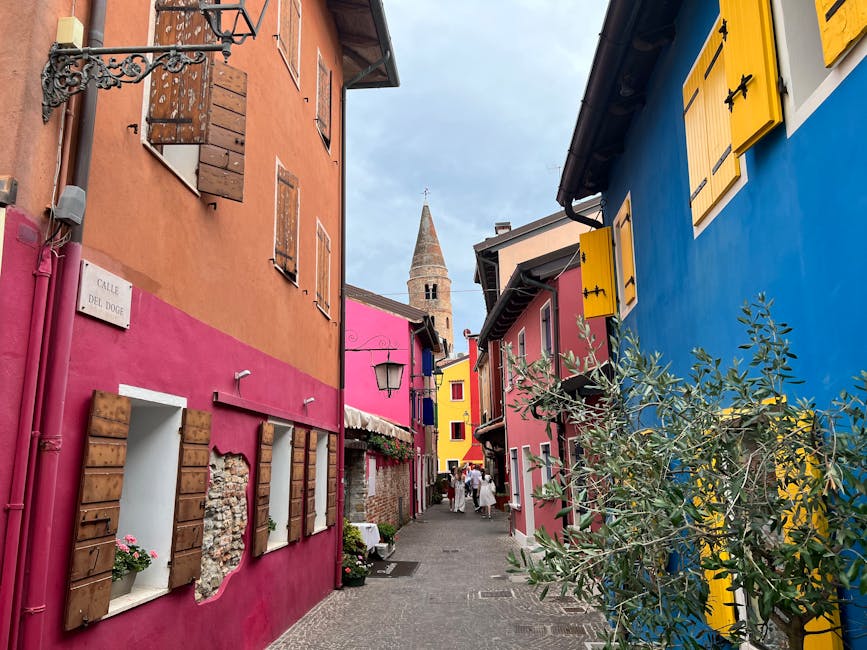
Practical Tips for Your Praia do Forte Adventure
Ready to pack your bags? Here are a few tips to make your trip as smooth and memorable as possible.
- Best Time to Visit: For the ultimate turtle experience, plan your trip during the nesting and hatching season from September to March. The weather is warm and sunny year-round, though you might encounter some rain between April and July.
- Getting There: Praia do Forte is about 35 miles (55 km) north of Salvador’s Deputado Luís Eduardo Magalhães International Airport (SSA). You can easily arrange for a transfer, take a taxi, or rent a car for the scenic one-hour drive along the Linha Verde (Green Line) highway.
- Where to Stay: The village offers a wonderful range of accommodations. You can indulge in a luxurious all-inclusive resort or opt for a charming and intimate guesthouse, known locally as a pousada. Staying in the village center gives you easy walking access to everything.
Praia do Forte is a destination that captures your heart and nourishes your soul. It’s where the profound respect for the natural world, embodied by the sea turtles, lives side-by-side with the vibrant, resilient expression of human history, embodied by Capoeira. It’s a reminder that the most beautiful places are not just the ones you see, but the ones you feel. Come and feel the rhythm for yourself.

